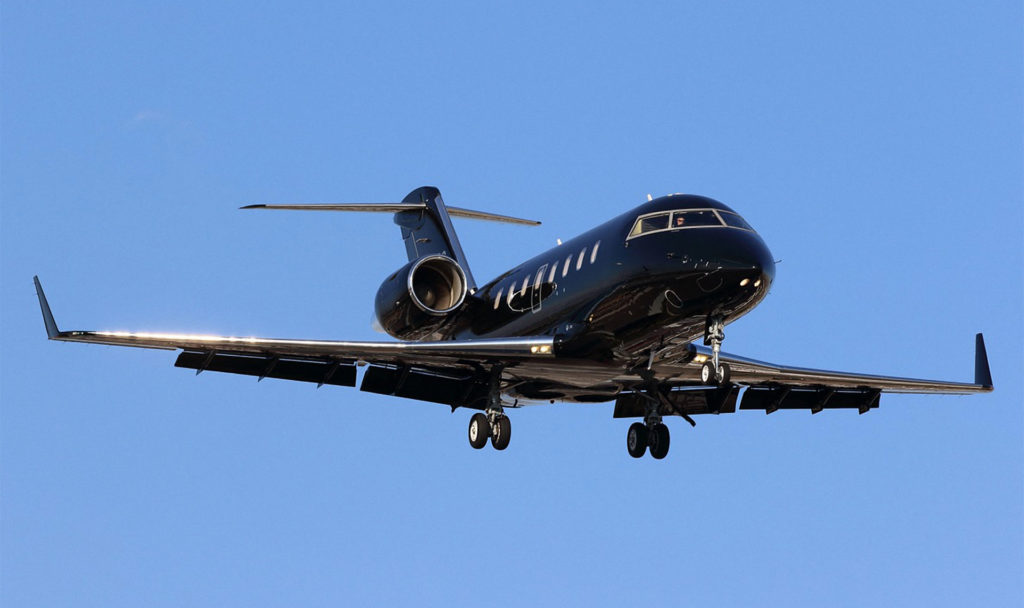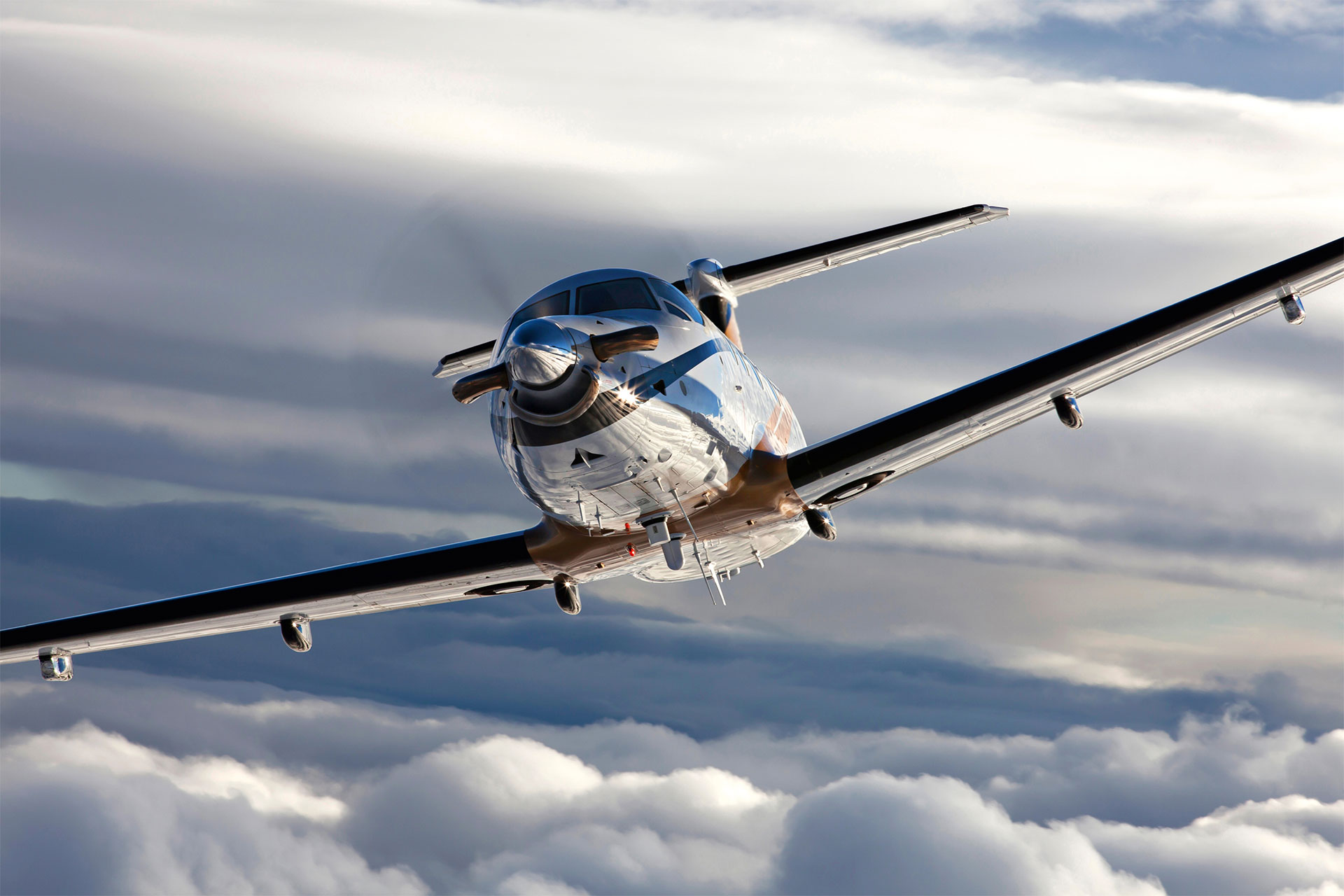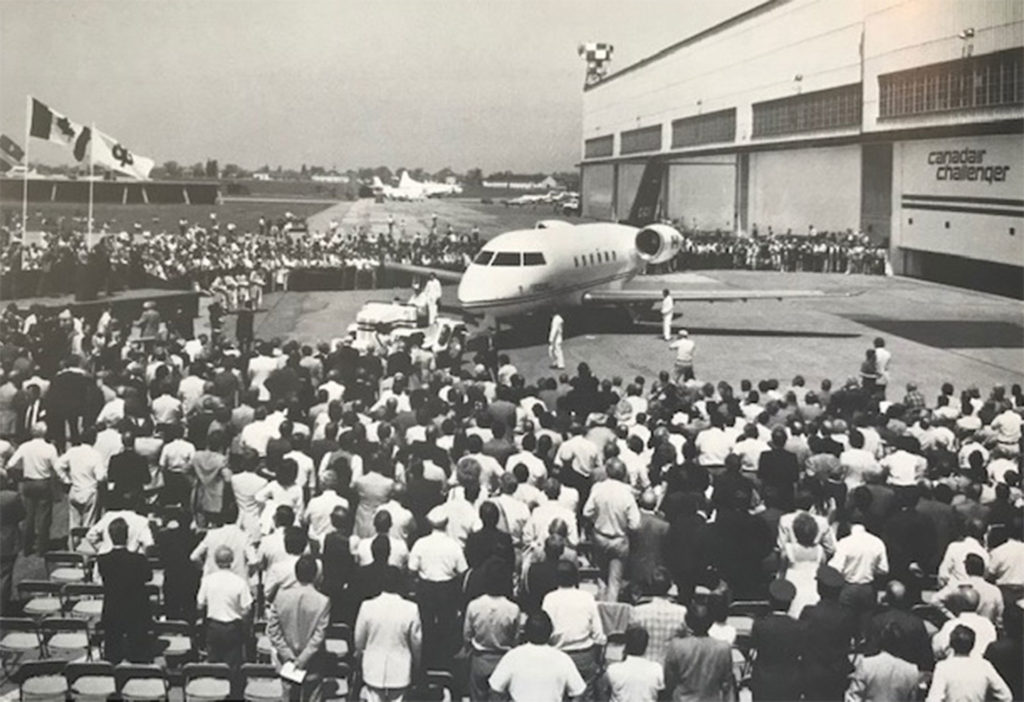Estimated reading time 13 minutes, 12 seconds.
The term “business aviation” describes the segment of general aviation that involves the use of privately-owned aircraft to support the operations of corporations. The types of aircraft used range from small, single-engine, piston-powered models to jet airliners, and helicopters, too. The missions flown are as varied as the aircraft types performing them. But the diverse aircraft types have one thing in common: they save valuable time for those aboard and for the recipients of the payloads carried.
These operators are subject to scrutiny by media, government, and regulators. With the regulatory landscape always changing, business aviation needs a champion who will look out for its best interests. Enter the Canadian Business Aviation Association (CBAA), which has now been performing this important role for 60 years. Before focusing on the CBAA, it is helpful to briefly review the history of Canadian corporate aviation.
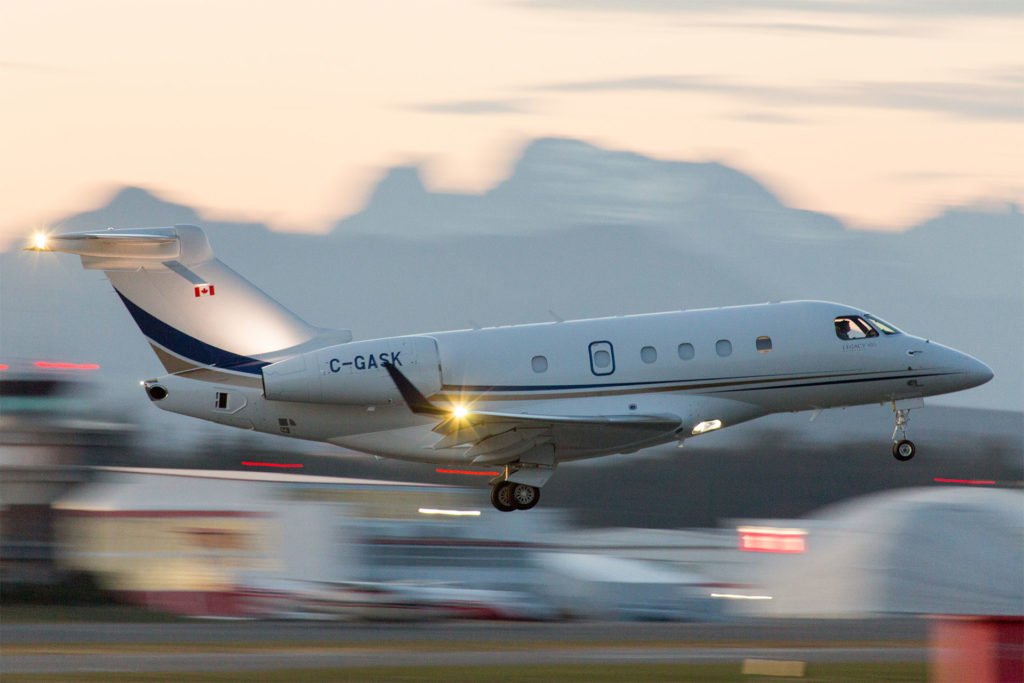
Back in June of 1920, Laurentide Company of Grand-Mere, Quebec, became Canada’s first corporate aircraft operator when it received its first Curtis HS-2L flying boat. That same year, Spanish River Pulp & Paper Mills operated an Aeromarine 40L flying boat out of Sault Ste. Marie, Ontario. These aircraft were primarily used to monitor their owners’ forestlands. As oil, gas, and metals were discovered, other natural resource companies acquired aircraft to support their exploration and development activities across Canada.
Canadian business aviation took a hiatus during the Second World War, and numerous corporate aircraft were seconded by the military. When the war ended, civilian aviation took off. Commercial carriers, corporate aviation, and recreational flying experienced significantly increased levels of activity. The requirement to move people and cargo in support of a rapidly expanding economy meant that airplanes of all sizes were being produced in increasing numbers. The business aviation world saw new dedicated twin-engine types enter service, such as the Cessna 310, Piper Apache, Beech Twin Bonanza, Aero Commander 520, and de Havilland Dove. Large cabin aircraft, such as the Douglas DC-3 and Lockheed Lodestar, were modified from military freighters and civilian airliners into airborne offices for large corporations.
During this period of economic growth, American companies had recognized the utility of aircraft and the challenges associated with operating them. They saw the threat to airport access posed by potentially drastic regulations — related to air traffic control — that would significantly limit the flexibility of corporate flights. In order to promote and protect their interests, a group of U.S. corporate pilots met on May 17, 1946, to initiate the creation of what is today the National Business Aviation Association.

C-GCGR-X, the prototype Canadair CL-600-1A11 Challenger 600, at its roll-out ceremony at Cartierville Airport in Saint-Laurent, Quebec, on My 25, 1978. Photo Courtesy of the CBAA 
Aircraft on display at the 2019 CBAA convention in Calgary, Alberta. Lisa Gordon Photo 
Aircraft on display at the 2016 CBAA convention in Calgary, Alberta. CBAA Photo
Similarly, Canadian corporate pilots realized that a formal representative of their interests was required. On April 1, 1959, a proposal was made to create a sub group of the Canadian Owners and Pilots Association (COPA) that would monitor the safety of Canadian business aviation, communicate industry developments to its constituents, and maintain formal relations with regulators. This new arm of COPA was named Canadian Business Aircraft Operators (CBAO) on April 20, 1959. The CBAO’s name was later changed to Canadian Business Aviation Association (CBAA), and made its debut at its first convention on Sept. 7, 1961.
At this time, the turbine era was dawning. The first Canadian light turboprop was a Beech 65-90 King Air (CF-UAC) for United Aircraft of Canada, while the first heavy turboprop was Home Oil’s Grumman G-159 Gulfstream (CF-LOO). Canada received its first corporate jet when the T. Eaton Company’s Lockheed L-1329 JetStar (CF-ETN) was delivered on March 19, 1962. By the end of 1969, there were 44 Canadian-operated bizjets.
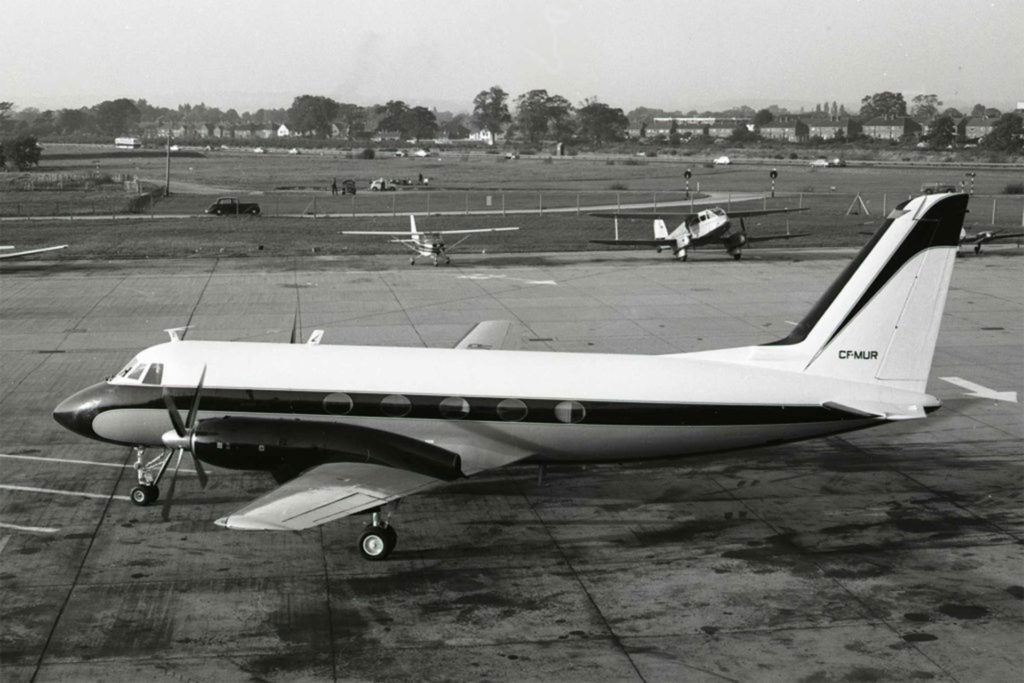
Six decades later, there are approximately 525 bizjets and about 675 turboprops based across Canada. Those 1,200 units reflect the fact that aircraft are now accepted as essential tools for growth-oriented corporations in a global economy. While the Canadian corporate fleet has significantly expanded, so has the number of challenges facing operators. The CBAA is dealing with federal government departments and regulatory agencies, as well as provincial authorities, on behalf of corporate aircraft operators and companies directly related to bizav across Canada.
In order to gain a better understanding of the CBAA’s role and the issues that it is currently dealing with, Skies spoke with the association’s president and CEO, Anthony Norejko.
Skies: How many members belong to the CBAA and what types of organizations are they?
Norejko: With over 400 members, our membership broadly consists of two categories: operators and associates. Our operators are based across the country in communities large and small, flying everything from turboprops to long-range jets. Our associates are businesses that provide the products and services our operators need to keep moving safely, reliably, and efficiently.
Skies: What are the major issues currently facing Canadian business aviation, and how is the CBAA assisting its members?
Norejko: The four key issues are the restoration of international service, the luxury tax, Covid-19 collateral regulations, and the environment.

International arrivals are currently limited to 10 Canadian airports. The CBAA is busy advocating for a re-opening to all airports that have a Canada Border Service Agency presence. In addition, we are asking the CBSA about unreasonable delays being experienced at the open airports.
The CBAA is also pushing back on the luxury tax, as it will hurt not only our industry, but the Canadian economy. From appearing at the Finance Committee, submitting briefs, and responding to consultations, the association is busy educating the government about the unintended consequences of such a policy. Business aviation works for this economy and the luxury tax does not.
Moreover, Covid-19 collateral regulations present challenges. Different provincial regulations and the many global vaccine protocols are impacting our passengers and crews. Operating a flight today requires a careful process that ensures you’ve considered the latest regulations and that you’ve fully prepared the documents and evidence needed to operate. The CBAA is sharing information with its members and is advocating for common sense policy and procedures.
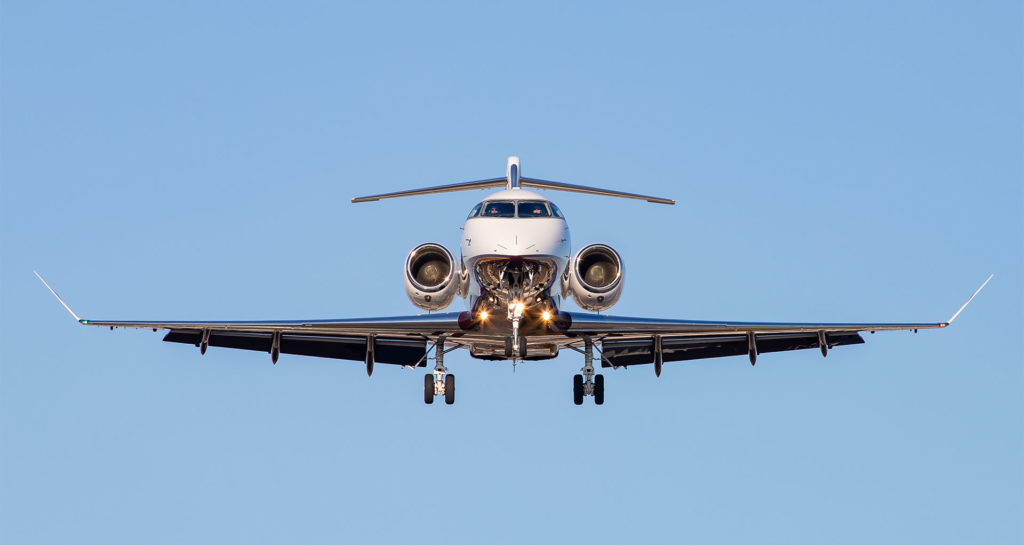
With respect to the environment, we are actively educating stakeholders about the facts and the progress made to date by our industry. We’re also busy advocating for and aligning government incentives both to modernize our fleets and to create and consume sustainable aviation fuels.
Skies: How has the Canadian business aviation industry dealt with the Covid-19 pandemic?
Norejko: There are many chapters in the story of Covid and business aviation. In the early story, we adapted to the environment and adjusted our operational procedures to not only meet, but exceed, health and safety regulations either considered or implemented for industry. This commitment to operating at the highest level of safety and efficiency provided comfort to a new group of customers and owners who, perhaps for the first time, contemplated using business aviation.
Skies: Have any positive developments resulted from the pandemic?
Norejko: As a result of Covid and its impact on the commercial travel system, now more than ever people are conducting time/cost-benefit analysis and recognizing the value that business aviation provides. Right now, the story of Covid and business aviation is one of optimism.
Skies: Where do you see the Canadian business aviation industry in 10 years?
Norejko: I think that we can look forward to an exciting future in business aviation. Principally, it is because of the rate of change and our ability to leverage the very latest in design and technology. We’ll lead in new modes of flight, from electric, regional-focused aircraft to urban air mobility. In the end, we’ll continue to update our “time machines” and improve Canadians’ ability to connect and prosper, both at home and across the globe.
Over the years, numerous members have provided feedback on the CBAA’s work. The testimonials have poured in — some provided directly to the CBAA, and others to Skies.
At London Air Services, company president Dylan Thomas believes the CBAA allows smaller operators the opportunity to be heard. He likened commercial aviation in Canada to “a large family dinner where two big ‘loud’ brothers (Air Canada and WestJet) dominate the table talk. The CBAA gives the small to mid-size operators a voice at the table. [They have] provided London Air Services a conduit to Transport Canada on regulatory issues. Throughout the Covid-19 regulatory upheaval, the CBAA has proved to be a valuable resource and asset to the commercial operators navigating the numerous changes.”
Over at Air 700, Ian Struthers, aviation manager and chief pilot, emphasized the CBAA’s role in resolving problems faced by the sector and addressing operators’ concerns, time and again. “Without CBAA’s involvement, private operators’ flights into Toronto would have been essentially impossible,” he said. “The staff at CBAA are superb to work with and always come to the forefront to resolve issues. We can only have a voice with strength in numbers. CBAA is that vehicle.”
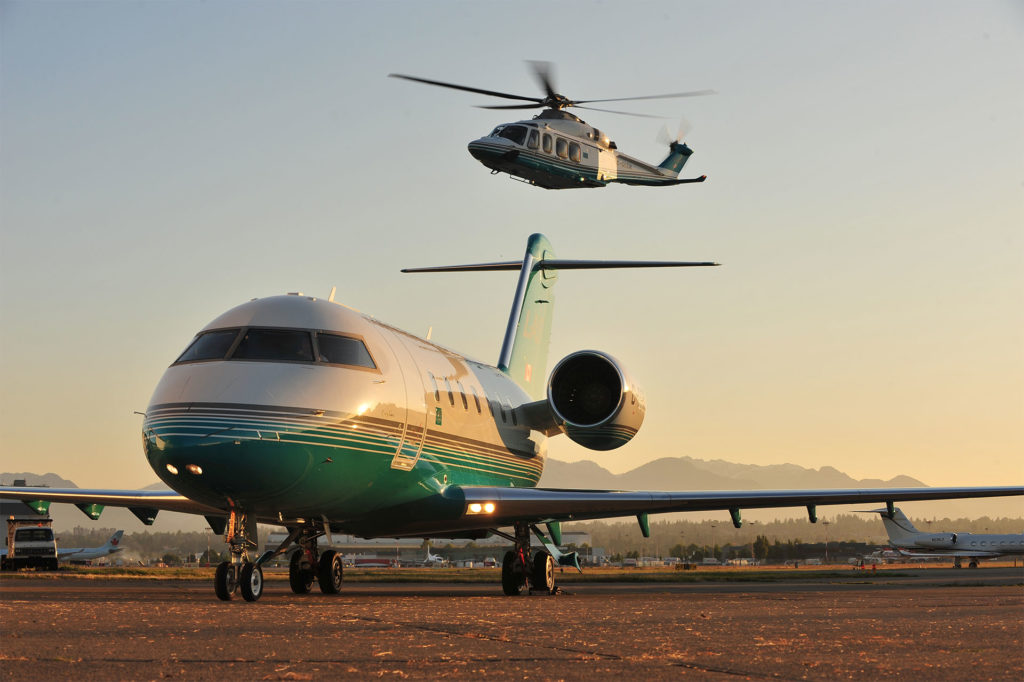
Bob Johnson, chief pilot and operations manager of Irving Air Service, added: “CBAA continues to provide the expertise and information required for today’s sophisticated and challenging world of private operator flight departments in Canada.”
As an aviation professional, Matthew Johnson, operations manager at Fast Air Executive Aviation Services, sees the CBAA as a vital partner. “Their attention to details and regulations has enabled us to navigate the complexities of business aviation operations in Canada. We highly value the sense of community that our CBAA membership provides us and strongly encourage other operators to join.”
Pratt & Whitney Canada’s Marc Kirner, flight test fellow and director of flight operations, said the company “used the services and expertise of the CBAA to align our manuals and procedures prior to our Transport Canada CAR 604 audit. Needless to say, the audit went very well thanks to the cooperation and training received from the CBAA.”
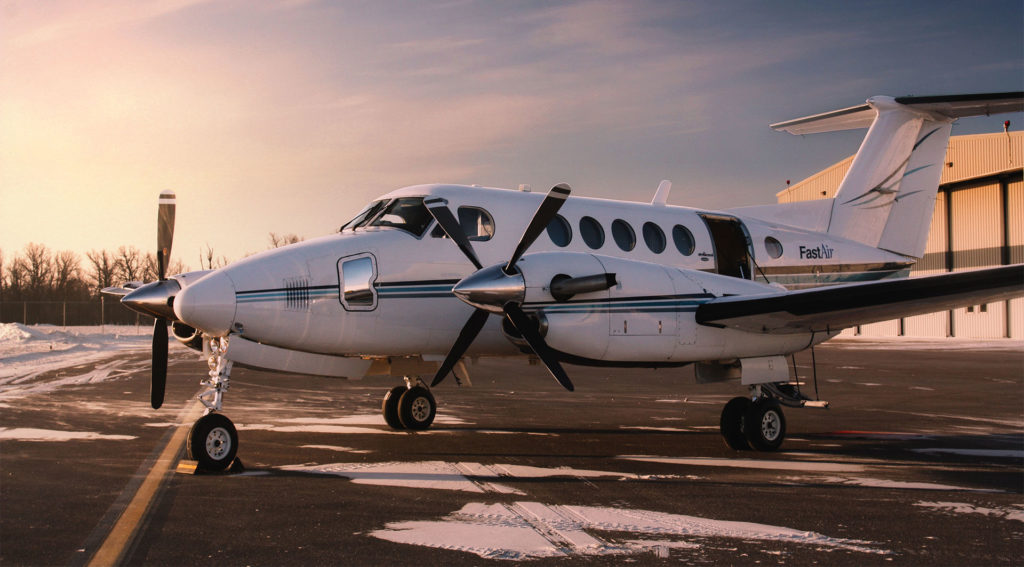
At Innotech-Execaire Aviation Group, company president Michael Fedele said the support from the CBAA over the years has been invaluable at all levels. “CBAA has done a tremendous job bringing operators together to share critical knowledge, best practices, and to discuss relevant issues. Additionally, as the voice of business aviation in Canada, CBAA has always championed our important issues. A most recent example is the excellent job they did working with the government during the pandemic in addressing our concerns and communicating operational updates that seemed to change daily.”
Based on these comments, and many others like them, the CBAA is, indeed, successfully performing its intended role. And given the continuing evolution of corporate aviation, the industry can expect the association to remain a pertinent intermediary for many decades to come.
